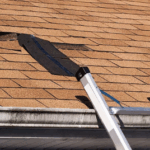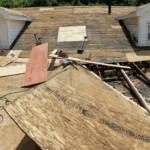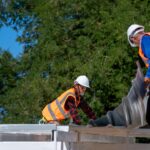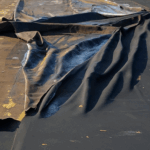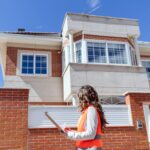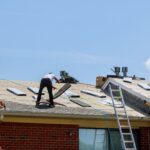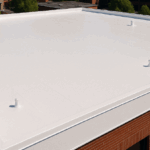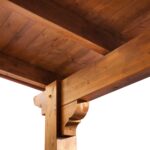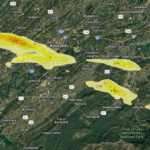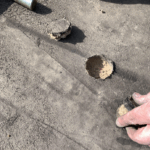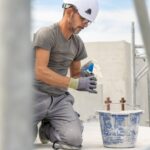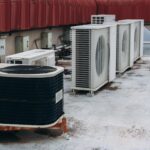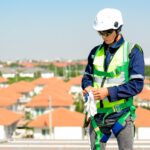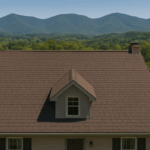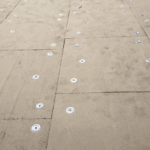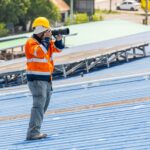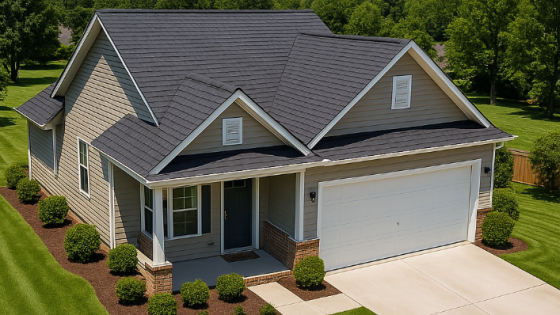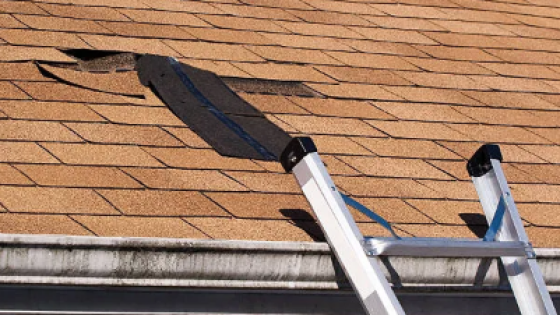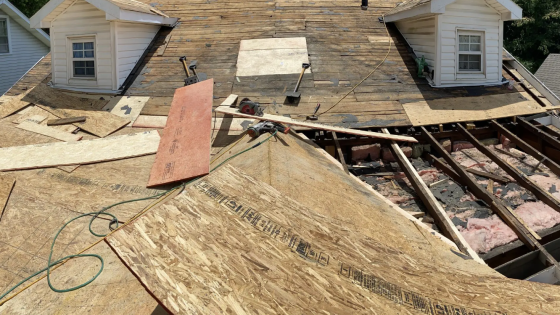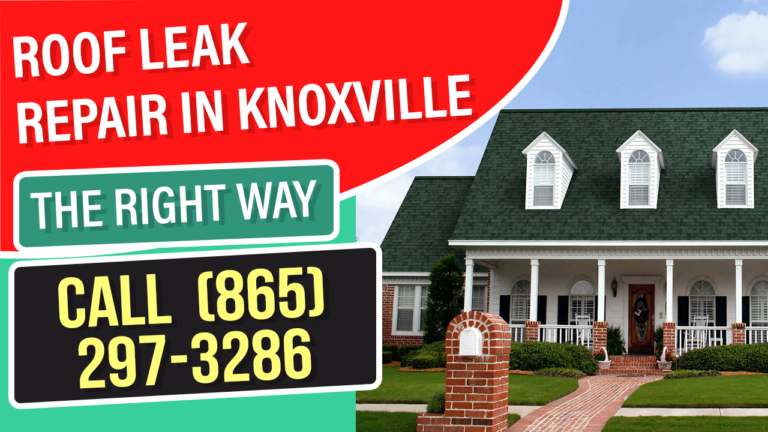When a storm hits or a roof is damaged, Knoxville homeowners often face one critical question: When should you tarp a roof? Tarping a roof can be a lifesaver for your property, preventing costly damage and securing your home until permanent repairs can be made.
Knowing when and how to tarp a roof is essential, especially in a city like Knoxville, where unpredictable weather conditions can wreak havoc on roofing systems.
Key Takeaways
💡Tarping is a Critical Emergency Measure for Roof Damage
💡Proper Tarping Techniques Ensure Maximum Protection
💡Knowing When to Tarp Can Prevent Costly Repairs
💡Insurance May Cover Roof Tarping Costs
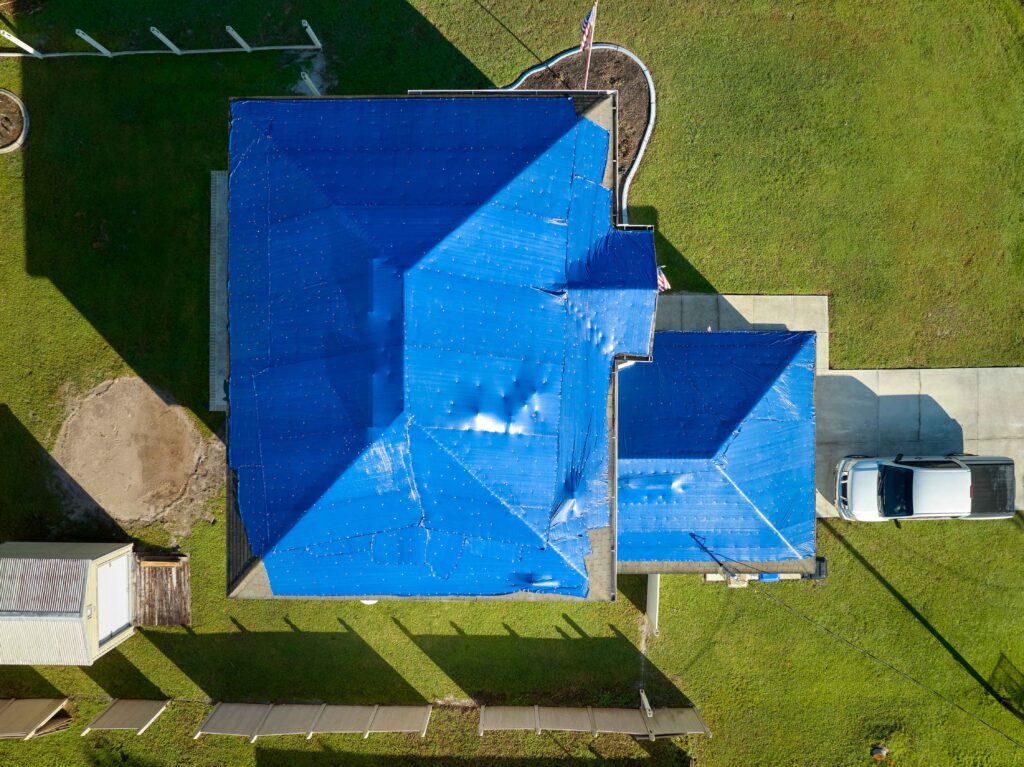
In this comprehensive guide, we’ll delve into the key factors that dictate when to tarp a roof, how to assess roof damage, and the best practices to follow. We’ll also explore the potential consequences of not tarping, and why professional tarping services may be the best choice for many homeowners. Let’s break it all down.
Understanding Roof Tarping
Roof tarping is the process of covering a damaged roof with a waterproof tarp to protect it from further weather exposure until permanent repairs can be completed. Typically, tarping is a temporary solution after events like heavy rainstorms, hail, high winds, or fallen trees. A roof tarp acts as a shield, preventing water from leaking into your home and causing mold, rot, and other structural damage.
While tarping can seem like a quick fix, it’s crucial to do it correctly, or the results could backfire. Knowing when and how to use a roof tarp will save you time, money, and stress in the long run.
When to Tarp a Roof: Key Indicators
Knowing when to tarp a roof comes down to understanding the condition of your roof and the extent of the damage. Let’s discuss some specific scenarios that warrant roof tarping:
1. After a Storm Hits
Severe weather is one of the leading causes of roof damage in Knoxville. If your roof has been exposed to heavy rain, wind, or hail, inspect it immediately for damage. Signs like missing shingles, cracks, holes, or visible leaks are immediate red flags. If rain is forecasted and repairs cannot be made in time, tarping your roof is crucial to prevent water damage to the interior of your home.
Knoxville Weather Statistics:
– Knoxville experiences about 50 inches of rainfall annually, well above the U.S. average of 38 inches.
– Severe thunderstorms and occasional tornadoes can also lead to sudden roof damage.
2. Visible Roof Damage
Signs of physical damage include missing or curled shingles, exposed roof decking, or structural sagging. These can make your home vulnerable to leaks and water damage. If you’re unable to get a roofer out for repairs immediately, tarping the roof will mitigate damage while you wait for professional help.
3. Water Leaks Inside the Home
Water intrusion is a clear sign that you should tarp your roof immediately. Water stains on ceilings, damp walls, or mold growth in the attic indicate that water has entered your home. Tarping the roof will help stop the inflow of water and prevent further structural and health issues related to mold and mildew.
4. Fallen Trees or Debris
If a tree or large debris has fallen onto your roof, it’s time to get a tarp on. Even minor punctures from falling branches can cause leaks that lead to significant water damage. Cover the damaged area with a tarp to minimize further destruction until a roofing contractor can assess and repair the issue.
5. Delayed Roof Repairs
Roof repairs can sometimes be delayed due to contractor availability, weather conditions, or waiting on insurance claims. In these cases, a roof tarp acts as a temporary barrier to prevent further damage. Tarping is not a long-term solution, but it does buy time while you wait for proper repairs.
The Importance of Roof Tarping in Knoxville’s Weather Conditions
Knoxville’s humid subtropical climate is known for its hot summers, wet springs, and frequent storms. This mix of conditions makes roof tarping essential during certain times of the year. For instance:
– Spring and Summer: These seasons bring thunderstorms and occasional hail. A compromised roof can lead to interior water damage during summer storms if not protected.
– Fall: The season is known for heavy rains and wind, making damaged roofs highly susceptible to leaks if not quickly addressed.
– Winter: While Knoxville doesn’t experience extreme snow, ice dams can form on roofs and worsen any existing damage. If your roof is already compromised, tarping it can prevent melting snow from seeping inside.
How to Properly Tarp a Roof
Tarping a roof may sound straightforward, but it requires precision and proper tools. Here’s a step-by-step guide to ensure your tarp is effective:
Safety First
Before you even think about climbing onto your roof, ensure you have the right safety gear, such as a harness, non-slip shoes, gloves, and a sturdy ladder. Working on a damaged roof can be dangerous, and it’s crucial to prioritize your safety.
Gather Materials
You’ll need the following:
– Heavy-duty tarp (preferably 20-30 mil thickness)
– Roofing nails or screws
– Wooden planks or sandbags to secure the tarp
– Hammer or screw gun
– Ladder
Measure the Damage Area
Measure the damaged portion of the roof to ensure you have the correct size tarp. The tarp should extend at least 3-4 feet beyond the damaged area to provide adequate coverage.
Place and Secure the Tarp
Position the tarp over the damaged area, ensuring it lies flat without wrinkles or gaps. Secure the tarp with roofing nails or screws, using wooden planks along the edges to anchor it down.
Check for Leaks
Once the tarp is secured, inspect the interior of your home for leaks during the next rainfall. This will help you determine if the tarp is correctly positioned or if adjustments are necessary.
DIY Tarping vs. Professional Help
While DIY tarping is possible, many homeowners find that hiring a professional roofer ensures better results. Here’s why:
| DIY Tarping | Professional Tarping |
|---|---|
| Cost-effective | More expensive, but higher quality |
| Potential safety hazards | Done by licensed, trained professionals |
| May lead to improper installation | Ensures correct installation and safety |
| Requires purchasing equipment | Professionals come prepared |
Professional tarping services in Knoxville are often covered by insurance when storm damage is involved, making it a cost-effective and stress-free option for homeowners.
Consequences of Not Tarping a Damaged Roof
Ignoring the need to tarp a damaged roof can lead to serious consequences, including:
– Water Damage: Uncovered roof damage allows water to seep into your home, leading to rot, mold, and mildew.
– Increased Repair Costs: Without a tarp, water damage can worsen, leading to more extensive and costly repairs.
– Insurance Issues: Many insurance companies require homeowners to take temporary measures, like tarping, to prevent further damage. Failing to do so could affect your insurance claim.
– Decreased Home Value: Persistent water damage can lower the value of your home, making it harder to sell in the future.
FAQs about Tarping a Roof
A professionally installed tarp can last up to 90 days, but it is recommended to replace it or repair the roof within a month to avoid further damage.
In most cases, insurance policies will cover emergency tarping if the damage is caused by a covered event like a storm.
It is highly unsafe to tarp a roof during a storm. Wait for the storm to pass before attempting to install a tarp.
A heavy-duty polyethylene tarp with a thickness of at least 20 mils is ideal for roof protection.
On average, professional roof tarping services in Knoxville range from $200 to $1,000, depending on the size and severity of the damage.
It is not advisable to walk on a damaged roof due to safety concerns. Use proper safety gear or hire a professional.
If your tarp becomes loose or blows off, secure it immediately or hire a professional to reinstall it correctly.
Depending on the size of the roof and the extent of the damage, it can take anywhere from 30 minutes to several hours to install a tarp.
Yes, a tarp can temporarily stop a leak until permanent repairs are made.
If you see any visible damage, leaks, or sagging areas on your roof, it’s a sign that tarping may be necessary.


